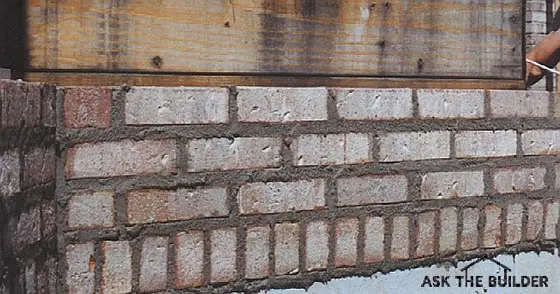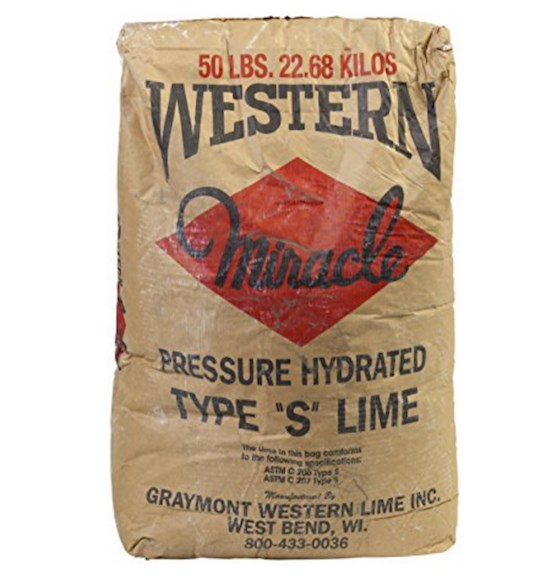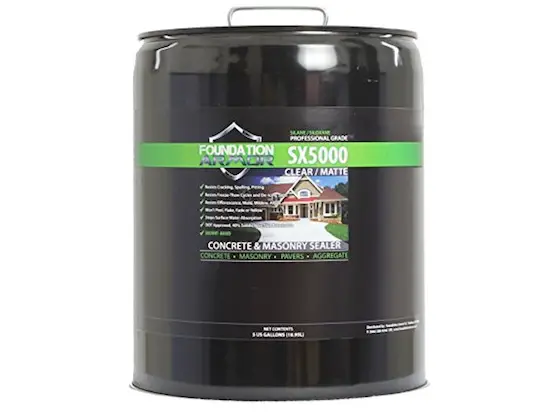Brick Leaks

Can you see what I see? There's no visible flashing behind the brick, I don't see a water membrane covering the wood framing behind the brick! What's more, do you see any weep holes? I sure don't. © 2017 Tim Carter
Brick Leaks TIPS
- Brick veneer is not waterproof
- Vertical joints are leak points
- Hydrated lime mortar is best
- Silane-siloxane water repellents great
- CLICK HERE to Get Tim's FREE & FUNNY Newsletter!
DEAR TIM: Every time a wind-blown rain saturates our brick veneer home water streams into our home. I've noticed that the wood floors in our living room are warping as well.
The brick and mortar appear fine. What's causing the leaks? How should the brick have been installed? What, if anything, can be done to stop the water penetration? Brenda F., Brockton, MA
DEAR BRENDA: I hate to tell you this, but you've got some very serious problems. If they're not corrected, serious structural failure will be in your future.
I'm quite confident that if I did a post mortem examination of your brick walls, I would find serious workmanship errors.
Brick Leaks Lots
Virtually every brick wall will allow water to penetrate. The water has three possible paths. It can enter directly through the brick, the mortar, and/or the contact zone between the brick and mortar.
Vertical Head Joints Worst
The primary path of water into brick walls is the contact zone between brick and mortar and mortar joints that are not filled completely.
Your wall leaks, I'll wager, are most likely originating at the vertical joints between many of the brick. Bricklayers call these head joints.
Because of the way bricklayers butter the one side of a brick, these head joints are susceptible to leaking. One side of every brick has got this weakness.
The bricklayers often cut away the bed, or horizontal, joint mortar as they set the brick to the string line. This mortar has already lost some of its valuable moisture from laying on the previous course.
The bricklayer then takes this scraped mortar and puts it on the end of the brick he just laid. He does it at an angle and only a small amount of the mortar contacts the side face of the brick. The mortar makes a less-than-desirable bond with the brick.
Mythical Mortar
The quality, type, and moisture content of the mortar is a critical factor in preventing brick veneer wall leaks. The mortar for a brick veneer house needs to have a high lime and low cement content.
Do you recall the great line written by J.R.R. Tolkien in his book The Fellowship of the Ring? It was said by the character Galadriel,
“And some things that should not have been forgotten were lost. History became legend. Legend became myth. And for two and a half thousand years, the ring passed out of all knowledge.”
This applies directly to hydrated lime. It's rapidly becoming a myth in the building industry. Older brick buildings, those built prior to 1900, almost exclusively used hydrated lime mixed with sand instead of Portland cement.

This is excellent hydrated lime. It's a fine white powder and it's going to look great on your home. CLICK THE IMAGE TO ORDER SOME RIGHT NOW.
The lime in the mortar, through the years, can actually heal tiny cracks that might develop between the brick and mortar. Hydrated lime is an amazing material to mix with sand to make mortar.
Mortar that is too wet or has too much cement can shrink as it dries. This shrinkage can produce tiny cracks that allow water to easily penetrate the wall.
Solid Masonry Construction
Older brick houses usually were never a brick veneer. Often the brick walls were two, three and sometimes four brick thick bonded with lower-strength, high-lime content mortar.
The inner courses of brick were very soft and absorbent. Rainwater would collect within the wall and then be released to the atmosphere once the storm passed.
Brick Veneer - Hidden Waterfalls
Modern single-thickness brick veneer walls deliver the wind-driven rain within a matter of minutes to the wood frame system just on the other side of the brick. This water needs to be collected and transported immediately to the exterior of the house.
Flashings
This is accomplished by installing flashing materials at the base of the brick wall, above all doors and windows, and below all window and door sills. The flashing must be continuous and needs to be made from a material that allows joints to be permanently sealed.
High-quality brick-veneer flashings can be made from modified asphalt and high-quality polyethylene and copper/asphalt combinations. Do not use the low quality "garbage bag" or PVC type plastic. It's useless.
Cover All Wood
The exterior of your wood-framed walls should also have been covered with a water-resistant membrane. Overlapping horizontal pieces of time tested tar paper will work.
However, there are many air and moisture barriers that will do as good a job or better at preventing the leaking water from contacting your wood framing. These moisture barriers must be installed so they lap over the wall flashings.
Weep Holes
Weep holes at the bottom of all walls and at the top of windows and doors need to be no less than 4 feet on center. Two-feet on center is preferable.
The cavity behind the lowest courses of brick needs to be free and clear of mortar droppings. This allows leaking water to easily escape through the weep holes.
Mortar Catch
An ingenious saw-toothed plastic netting can accomplish this task easily. It fits behind the first few courses of brick.
Silane-Siloxane Water Repellents
Your leaks may be able to be stopped with the application of high-quality water repellents. These materials contain special chemicals called silanes, siloxanes, or a blend of the two. CLICK HERE to get a fantastic one that will do a great job.

This is a magnificent silane - siloxane water repellent that soaks into concrete. CLICK THIS IMAGE NOW TO ORDER IT.
Examine your brick walls. Look for tiny hairline cracks in the vertical joints. Remove and install new mortar if you find obvious water entry points. After the joints dry, apply the water repellents according to the manufacturer's instructions.
Leaf Blower Secret
A second application may be necessary and it usually needs to be applied within minutes of the first coat. It helps to use a backpack leaf blower operated by a helper while you apply the water repellents.
The blower drives the repellent deep into the brick and mortar. The blower blasts the wall immediately after you apply the liquid.
If this does not solve your leak problem, I'm afraid that your only solution might be to re-install the brickwork properly.
Column 198
31 Responses to Brick Leaks